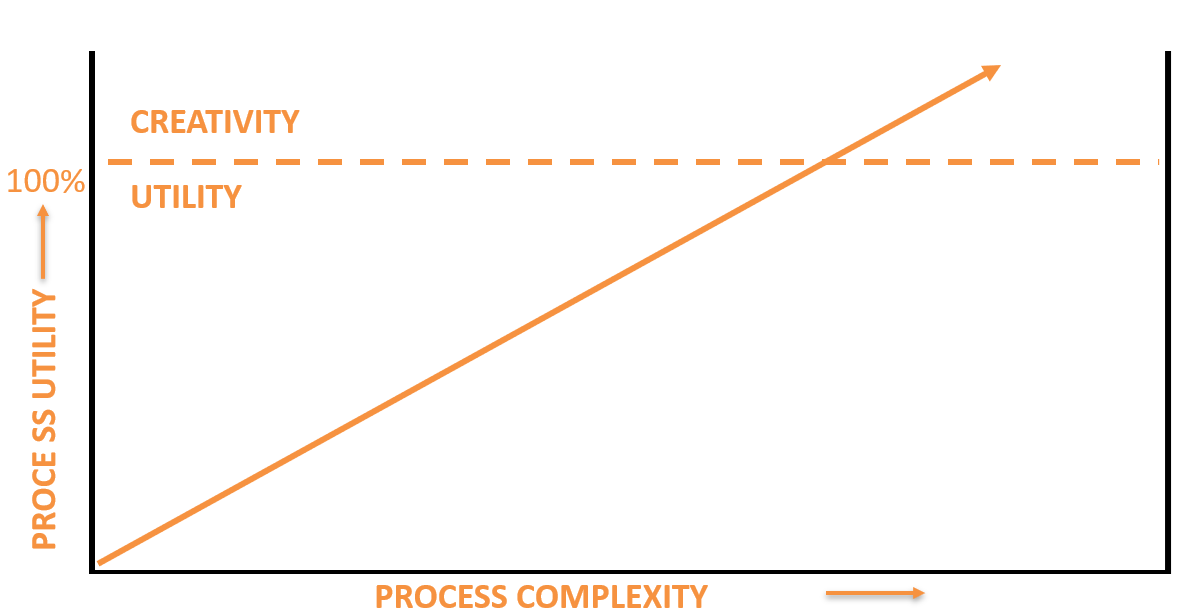Data-Driven AI and the Creative Sector
A Strategic Framework for SMEs
The State of Play
AI has become a defining technology of our era, yet for many in the creative sector, it remains both opportunity and uncertainty. The current wave of data-driven AI has brought powerful new tools for automation, image generation, and 3D reconstruction. But its limitations are becoming increasingly clear.
As markets and commentators begin to question whether we’ve reached the “AI scaling wall,” the creative industries face a strategic question: how do small and medium enterprises (SMEs) harness AI responsibly, efficiently, and competitively in this shifting landscape?
At Aralia Systems, we see AI not as a replacement for creative work, but as a machine tool, a set of numerical methods that can enhance, accelerate, and refine creative processes when used intelligently.
Mathematics, Prediction, and the Nature of Creativity
Current Machine Learning algorithms generate, based on a priori information, the most probable set of nonlinear partial differential equations that describe a process. Stochastic Calculus, the mathematics that underpins Machine Learning, was first applied to Macroeconomics, with the Bank of England being one of the earliest adopters.
Mervyn King, Governor of the Bank of England at that time, describes in his book The End of Alchemy how the introduction of predictive methods was initially greeted with excitement. However, it soon became clear that important events that had a significant impact on the UK economy were missing from the predictions.
The equations generated to describe the dynamics of the UK economy did not include ‘edge cases’ because they were very improbable, yet it is these cases that often contain the most valuable insight.
“Despite the repeated inability of economic forecasting models to predict accurately, there is a persistent belief that, if only we could find it, there is a ‘model’ of the economy that will produce forecasts that are exactly right.”
His experience with mathematical models was a formative component of his Principle of Radical Uncertainty, which states that we can neither imagine all possible outcomes nor assign probabilities to future events.
In mathematics, these two elements are formalised as the Observability and Causality of the process. Arguments about the nature of the Causal Nexus have been a central element of philosophy since David Hume, continuing through Wittgenstein.
We have become accustomed to believing that any process can be described in mathematical terms, indeed this is always the case for physics, but the current numerical methods used in Machine Learning require that processes are fully observable, that we can assign probabilities to outcomes, and that they are governed by causality.
These assumptions are not exhibited by all processes; in fact, we would argue that they cannot be assumed by any numerical method that claims to be ‘intelligent’ or ‘creative’.
This is the crux of the problem for creative AI: it can model what is seen, but not what is imagined.
It has been claimed that the capabilities of data driven AI will result in creativity and innovation of processes.
All recent evidence suggests that process utility will be added but at the cost of sharply increased processing. Leading exponents of AI are now stating that they do not believe LLMs are the route to artificial general intelligence.
A Strategic Framework for SMEs
Our experience developing 3D AI products for the heritage, measurement, and augmented reality sectors has shown that SMEs thrive when they adopt AI selectively and strategically.
Key principles include:
Aim for a commonsense solution: Use AI where it adds measurable value, for example, automating repetitive analysis or enhancing spatial data capture.
Secure your IPR: Protect data ownership and ensure clarity on rights over AI-generated outputs.
Plan flexibility into hosting: Use hybrid or cloud-agnostic infrastructure to avoid vendor lock-in.
Stress responsibility and efficiency: Highlight environmental and computational sustainability in your AI deployment.
Measure quality: Generate quantifiable performance metrics and, where possible, include a “certificate of conformance” to validate outputs.
Identify data sources: Transparency in data lineage builds both credibility and compliance readiness.
In short: treat AI like any other engineering discipline, one that demands evidence, repeatability, and accountability.
The Path Forward: From Complexity to Utility
As the industry transitions from fascination with “big models” toward practical, process-oriented AI, SMEs are well positioned to lead. By combining data-driven techniques with domain knowledge, small firms can develop Physics-Informed Neural Networks (PINNs) and hybrid models that link machine learning to established analytical methods.
In doing so, they shift the focus from pure computational power toward utility, transparency, and sustainable impact.
The creative sector doesn’t need more black boxes, it needs tools that serve human imagination, not replace it.
Final Thought
The future of AI in the creative industries will not be defined by scale but by strategy. Data-driven models remain powerful, but their value depends on how thoughtfully they are deployed.
For SMEs, success lies in balancing innovation with responsibility: using AI to enhance creativity, not automate it; to clarify process, not obscure it.
At Aralia, our goal is to help build that future, one where data-driven AI becomes a transparent, efficient, and trusted instrument of creativity.



